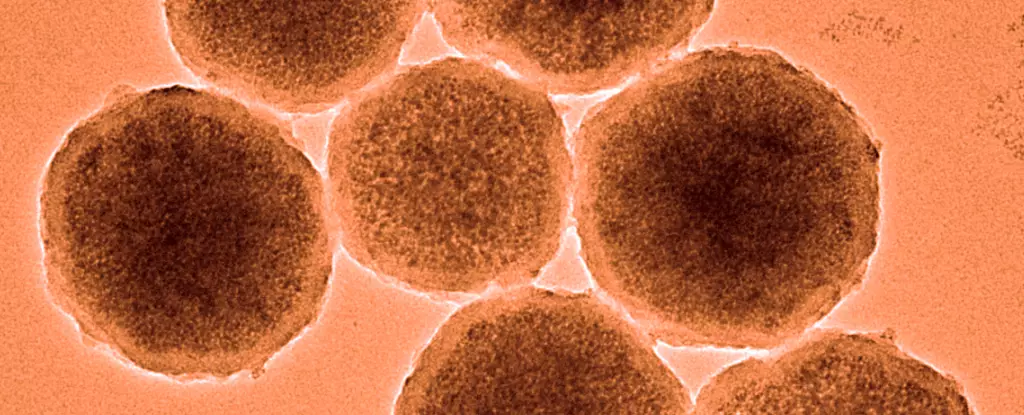Advancements in technology frequently bring the promise of groundbreaking change, particularly in the field of medicine. One of the most notable innovations on the horizon is the development of spherical nanobots that could potentially save lives by targeting critical health emergencies, such as brain aneurysms. With dimensions just slightly larger than a virus, these microscopic robots hold incredible promise in the medical community. Spearheaded by an international research team from Shanghai Jiao Tong University and the University of Edinburgh, this effort exemplifies the intersection of medicine and technology and the future of patient care.
The researchers’ magnetically-controlled nanobots have been designed to transport precise amounts of clotting agents directly through the bloodstream, thereby reducing the risk of life-threatening situations such as aneurysm ruptures. Recent animal trials demonstrated the efficacy of these devices, which were capable of navigating complex vascular pathways to effectively deliver their pharmaceutical cargo. By utilizing billions of these nanobots, the team successfully prevented an induced aneurysm in a controlled setting—a promising precursor to potential real-world applications.
At the core of each nanobot lies a magnetite particle encased in a shell that can dissolve at a temperature that is barely above the human body’s baseline. This ingenious design ensures that the clotting agent, called thrombin, is released only at the targeted site. The process is remarkably sophisticated; when positioned at an aneurysm, a rapidly alternating magnetic field is applied, causing the protective shell to melt away and consequently initiating the necessary clotting mechanism. This method holds significant implications for precision medicine, providing a much-needed alternative to traditional surgical interventions that are often fraught with risks.
One of the critical factors in this research is the safety of using nanobots within the body. Remarkably, initial trials indicated no signs of inflammation or unintended side effects resulting from the heating mechanism employed to activate the clotting agent. The absence of adverse reactions during these tests suggests that the nanobots could be a viable option for human application, paving the way for further investigation into their functionality and effectiveness.
Understanding the broader implications of this research necessitates an examination of brain aneurysms as a public health concern. Affecting approximately 3% of the global population, brain aneurysms pose severe risks, including the potential for fatal strokes. The traditional treatments available—surgical clipping or endovascular coiling—while effective, carry inherent risks associated with surgery. The emergence of nanobot technology presents a less invasive, targeted approach that could mitigate these risks, offering improved outcomes for patients.
Despite the promising results thus far, several challenges remain before nanobot technology can be widely adopted in clinical practices. The capability for these machines to operate deep within the vascular system poses a significant hurdle, as current magnetic forces may not be strong enough to guide them effectively throughout all areas of the body. Addressing these limitations will be crucial for the advancement of nanobot use in medicine.
As researchers continue refining this technology, the potential applications extend beyond brain aneurysms. The prospect of treating a myriad of conditions with such targeted precision is thrilling, harkening a new age of medical treatment defined by minimized risks and maximized efficacy. The road ahead undoubtedly requires rigorous testing and validation; however, the implications of successful integration of nanobots into medical practice are immeasurable, with the promise of transforming emergency responses and routine care alike.
In closing, the advent of nanobots in the medical landscape heralds a future where treatment becomes not only more effective but also more humane. As we reflect on the possibilities, it becomes evident that we may be witnessing the dawn of a new era in healthcare—one where tiny robots stand as sentinels, guarding our health in ways previously unimaginable.


Leave a Reply